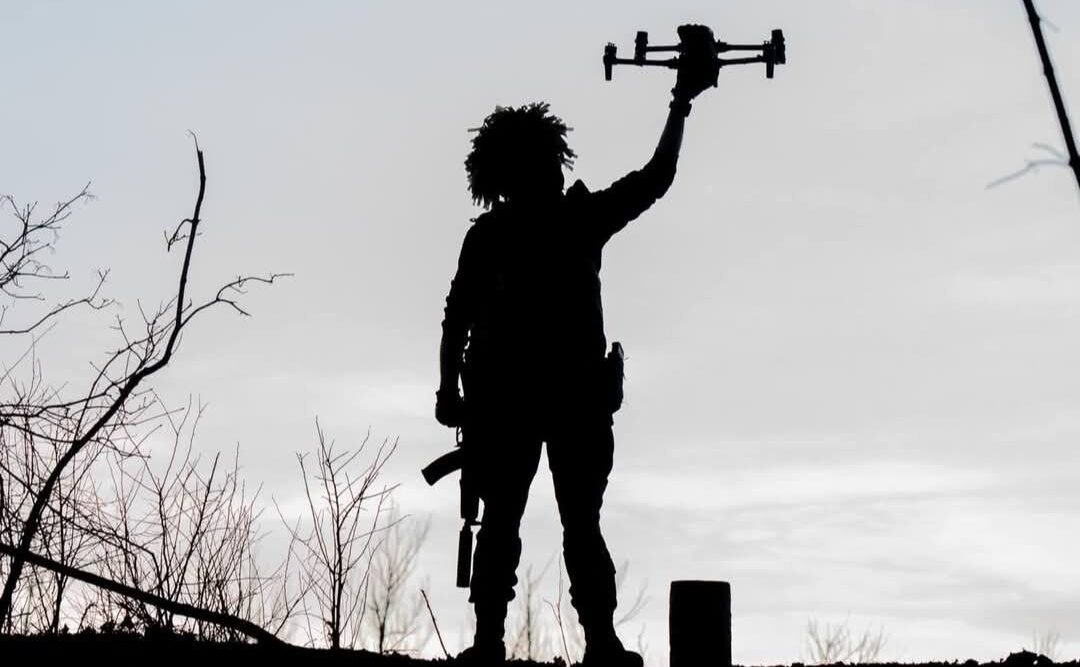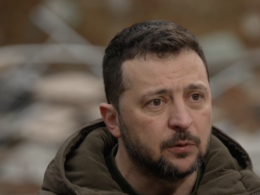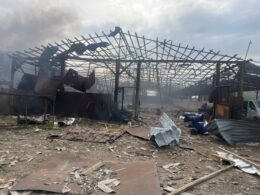On 12 February, Trump announced the start of negotiations with Moscow to end Russia’s war in Ukraine, following calls with Russian ruler Vladimir Putin. His statement triggered a wave of criticism, as experts warned that it could be a ceasefire on Putin’s terms with a lack of security guarantees for Ukraine, especially after US Secretary of Defense Pete Hegseth called Ukraine’s NATO membership aspirations “unrealistic.” This conversation also stirred concerns in Europe, as its representatives were not involved in the negotiations. Amid uncertainty about whether the US will lead to a weakening of NATO due to its increasingly isolationist stance, many media outlets and analysts have labeled this strategy as a victory for Russia.
According to the report, it is a "heroic assumption" that Ukraine will be in a stronger position next year, as each anniversary of the invasion has weakened Kyiv’s position.
"But still, on current trends, it would take Russia until the end of the year to capture the rest of the eastern province of Donbas, without which an end to the war is unlikely anyway. For these reasons, there is no guarantee that the US-Russian talks will lead to a resolution of the conflict. Unfortunately, this means that the bloodiest battles of the war are yet to come, as the Russian military pushes to maximize its military advantage," reads the report.From the perspective of US President Donald Trump, this is Biden’s war, and it is already lost. Politically, it is much easier for Trump to push for peace than for his European counterparts because he campaigned on an anti-war message, repeatedly stating that the war would never have happened if he had been president.
"Trump wants to find a quick fix and move on. If it fails, he can wash his hands of it and let the Europeans deal with it," said the report.At the same time, Russia is in no hurry to agree to a deal it does not like. Moscow’s conditions are well known: official recognition that the four regions it annexed in September 2022, plus Crimea, are now part of Russia, and the withdrawal of any remaining Ukrainian troops from these regions. Kyiv would also have to commit to permanent neutrality and limitations on its armed forces. These conditions are entirely unacceptable to Kyiv. The only way to impose such a deal on Ukraine is either a total military collapse of Ukrainian forces, which is currently unlikely or coordinated pressure from a united West to force Kyiv to accept Russia’s terms. However, for now, European leaders insist that Ukraine must continue fighting until it can negotiate "from a position of strength."
Throughout the years of war, many analysts have explained that Russia’s war against Ukraine is existential—meaning it is not about territories or agreements but about the destruction of Ukrainian sovereignty. As long as Ukraine continues to exist in one form or another, Moscow will keep attacking it until its goal is achieved.
Earlier, UK Foreign Secretary David Lammy stated that he does not see any willingness from Russia to pursue peace in Ukraine after listening to the speech of his Russian counterpart, Sergey Lavrov, at the G20 diplomats' meeting in South Africa.
Related:
- NATO chief: Europe ready to step up to lead Ukraine security guarantees
- Ceasefire without security guarantees will fail like Minsk agreements, Macron warns
- Trump open to allow Europe to buy US-made weapons for Ukraine
- Ukraine rejects US proposal demanding half of its mineral resources
- Trump’s neo-Morgenthau plan for Ukraine is a threat to free Europe




